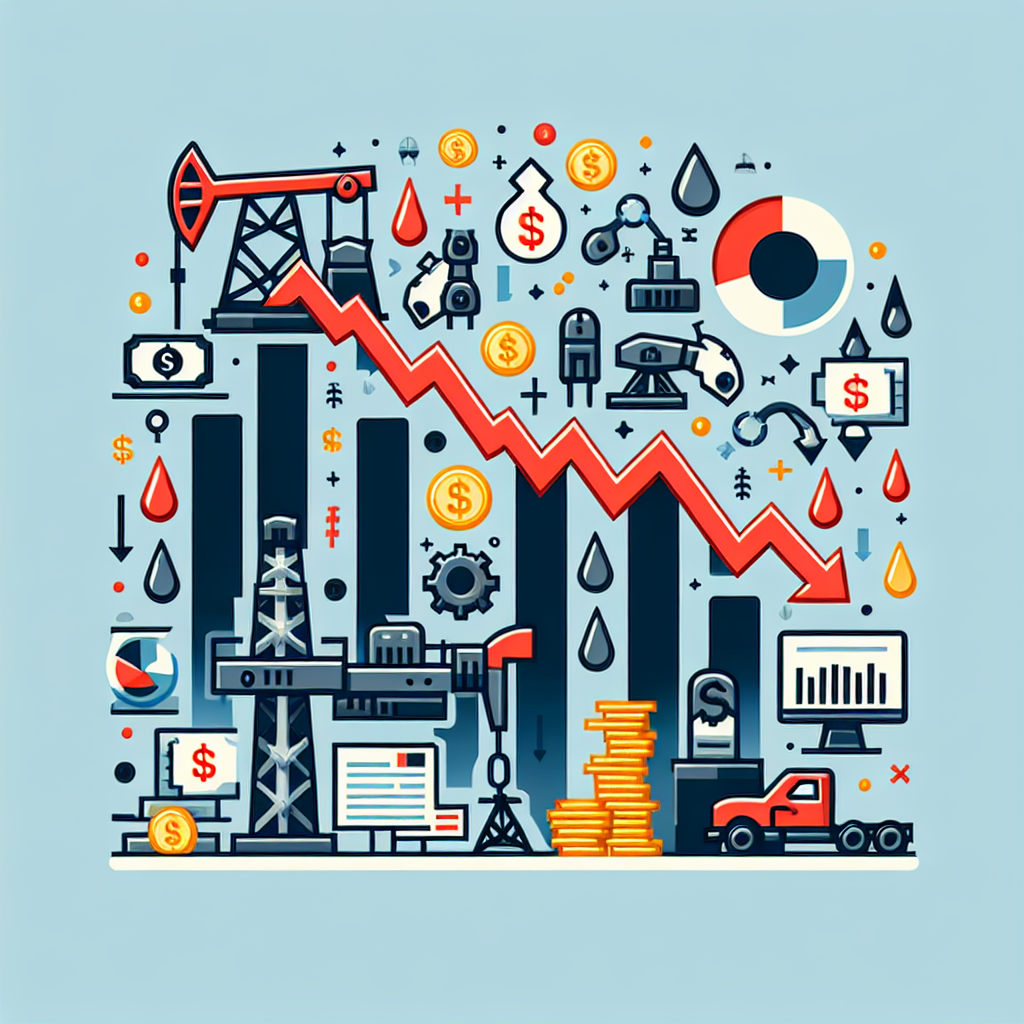Starbucks is cutting some 'less popular' drinks from its menu. Here's what will be removed next week - The Associated Press | Analysis by Brian Moineau
**Goodbye to the Unpopular: Starbucks' Menu Makeover and What It Means for Us All**
In a world where the Pumpkin Spice Latte reigns supreme, Starbucks has decided to shake things up by bidding farewell to some of its "less popular" drinks. Next week, a selection of beverages, including certain blended Frappuccino options and the Royal English Breakfast Tea Latte, will be retired from the menu. While this might leave a few niche fans in mourning, the coffee giant’s decision is a fascinating reflection on consumer behavior and the ever-evolving landscape of the food and beverage industry.
**The Art of the Menu Prune**
Starbucks' decision to streamline its menu is not just about making room for new creations, but also about maximizing efficiency and profitability. This isn’t the first time Starbucks has trimmed the fat; in 2008, they famously pared down offerings to refocus on quality and service during the economic downturn. The current cuts likely reflect a similar strategic pivot, ensuring that resources are dedicated to high-demand items that keep their loyal customer base hooked.
This approach is not unique to Starbucks. Fast-food chains, like McDonald's, have also simplified their menus over recent years, opting to focus on core items that deliver the most value. It's a reminder that in the business world, sometimes less is more.
**A Sign of the Times**
The decision to cut certain beverages also mirrors broader trends in the food and beverage industry. In an era where consumer preferences are rapidly shifting towards health-conscious choices and customization, drinks that don’t quite fit the bill are the first to go. The rise of the "clean eating" movement, for example, has seen many consumers opt for simpler, healthier options, which could explain why some of the more indulgent Frappuccinos are being shown the door.
Moreover, the pandemic has accelerated the demand for personalized and convenient dining experiences. Starbucks, like many other companies, has to continuously adapt to these changes, ensuring they meet customer demands while remaining true to their brand.
**The Cultural Connection**
Starbucks’ menu changes are yet another reminder of how cultural trends influence our daily lives. Consider how the rise of digital nomadism and remote work has transformed coffee shops into impromptu offices. As people’s lifestyles evolve, so too must the businesses that serve them. Starbucks’ willingness to pivot and adapt is a testament to their understanding of cultural currents.
Interestingly, this move comes at a time when other sectors are witnessing similar shifts. The publishing industry, for example, is seeing a surge in demand for audiobooks and e-books, as readers seek content that fits seamlessly into their fast-paced lives. Just as with Starbucks, businesses everywhere are learning that adaptation is key to survival.
**Final Thoughts**
While some may lament the loss of their favorite under-the-radar Starbucks drink, this menu shake-up is a positive sign of a company willing to evolve with the times. By focusing on popular offerings and introducing new, innovative products, Starbucks is ensuring it remains a relevant and beloved brand in the hearts (and cups) of millions.
In the end, the coffee giant’s decision is a reminder that change is inevitable, but it also brings with it the opportunity for growth and innovation. As we bid farewell to these lesser-known beverages, we can look forward to what Starbucks and the wider food and beverage industry have in store for us next. Who knows? The next big thing might just be one sip away.
Read more about AI in Business

